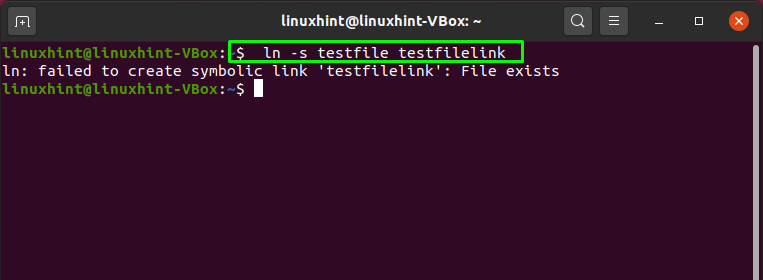
- #UBUNTU HOW TO MAKE A NEW FILE INSTALL#
- #UBUNTU HOW TO MAKE A NEW FILE UPDATE#
- #UBUNTU HOW TO MAKE A NEW FILE SOFTWARE#
- #UBUNTU HOW TO MAKE A NEW FILE PROFESSIONAL#
We can make it shorter with this: $ python -c 'import sys,os f=sys.argv '$'\n''with open(f,"a"): os.utime(f,None)' mysecondfile.txtĪnd in Perl: $ perl -e 'open(my $fh,">","/tmp/perlfile")'ġ Other types of files such as hard/soft links,character or block special devices, directory,named pipes, or sockets require entirely different syscalls. Python one-liner: $ python -c 'import sys,os f=sys.argv os.utime(f,None) if os.path.exists(f) else open(f,"a").close' myfile.txt Of course, at the level of programming or scripting we may want to create a file as well, especially for efficiency purposes (because calling external commands such as touch from a Perl script or Python will require additional resources). But they perform the necessary syscall and that allows us to adapt the commands. Of course, all the above mentioned utilities do not exclusively create files. mktemp or tempfile ( for creating temporary files that do not need to exist between reboots !).truncate -size 0 /tmp/new_filename.txt.
#UBUNTU HOW TO MAKE A NEW FILE SOFTWARE#
As mentioned, anything that can perform open(), openat() and, create() syscalls will create a file. Installing the build-essential package in Ubuntu’s package repositories automatically installs the basic software you’ll need to compile from source, like the GCC compiler and other utilities.

In most shells nowadays true or : is a built-in, so doing : > /tmp/new_file is going to be more efficient, although marginally compared to touch /tmp/new_file.īut of course it does not stop there. That means, if the filename does not exist - it will be created, and if it does - the data will be truncated (and therefore gone, so > should be used with care). The > operator specifically calls the openat() system call with O_WRONLY|O_CREAT|O_TRUNC flags. Note also that a filename - is treated specially, so if you do want to create a file that is named literally -, you'll have to enclose that into single or double quotes.īy contrast, > is a shell redirection operator for stdout stream.
#UBUNTU HOW TO MAKE A NEW FILE UPDATE#
Its original purpose is to update the access and modification time of a file, however if the file does not exist - it will be created.

Most commonly new filename is created with something like this: That means if you call any command-line utility that does these system calls, you can create a new empty file. When installing Ubuntu in the future, users can set the old master partition to / home again, but make sure not to tick the Format box or the entire file will be deleted.In general, creating any regular 1 file on Linux involves open(2), openat(2), and creat(2) system calls (and specifically with O_CREAT flags). The second line (ls) lists the contents of the directory. echo is used to return the given text and a new line. Set the mount point for each partition to ‘/’ to contain the root file system and mount point of another partition as / home. The first line (echo 'Welcome') prints the line 'Welcome' into the terminal.
#UBUNTU HOW TO MAKE A NEW FILE INSTALL#
Choose the option to install ‘Something Else’ to customize the partition and create multiple partitions.

During Ubuntu installationĬreating a home folder (Home Folder) while installing Ubuntu is easy. My problem is that: I am a new UBUNTU user.
#UBUNTU HOW TO MAKE A NEW FILE PROFESSIONAL#
While a master partition is usually selected during installation, you can also move the master partition after installing Ubuntu. I am not professional at neither linux nor Ubuntu, only a new ubuntu 20 LTS user. Use a separate master partition to allow you to reinstall Ubuntu without losing personal files and settings. – Ubuntu does not use a separate master partition by default, although many Linux users prefer this. After making sure everything is fine and you still have all the files in the / home directory, you can remove the / home_old folder to free up memory: Ubuntu now uses separate master partitions. Can restart with the command:Īfter restarting the computer, you can log in normally. You will be able to create a new file in the text field of your Linux operating system right away. Then select Text Document from the New Document list. create a new file, click on the location of this file in your Linux File Manager. Then run command- copyme and print it out. Restart the computer after running this command. A command terminal for Ubuntu is available.


 0 kommentar(er)
0 kommentar(er)
